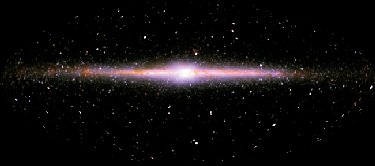This false-color image shows the near-infrared sky as seen by the COBE satellite. The dominant source of light at this wavelength is stars in our galaxy. So, you end up with an image that shows the thin disk and the central bulge of the Milky Way Galaxy. Our Sun lies in the plane of the disk, 28,000 light years from the center which is why the Milky Way disk appears edge-on to us.
Click on image for full size
NASA
How far across is the Milky Way?
At a given time how can one locate the center of our galaxy as we orbit the Sun and the Sun orbits the galaxy? Is our solar system moving away from the center of the galaxy? How many years does it take the Sun to orbit the center of the galaxy? Specifically, where in the universe can our solar system be found?
The Milky Way galaxy is the home of the Sun and
our solar system. There are 200 billion other
stars in the Milky Way galaxy too. Our galaxy is
a spiral galaxy, with a bulged center and arms that start in the center and form a flat pinwheel shape. The galaxy is about 90,000 light-years across. The Sun is located about two-thirds of the way out from the center in the Orion Arm.
The Sun (and our solar system) is revolving around the center of the Galaxy at a speed of half a million miles per hour, but it still takes 200 million years for it to go around once.
As far as we can tell, the Sun and the solar system are not moving away from the center of the galaxy. The Sun has made less than 25 trips around the galaxy in its lifetime.
The center of our galaxy is located about 28,000 light-years away, beyond the constellation Sagittarius (actually just beyond the border of Sagittarius and Scorpio). So, if you can locate these two constellations in the sky, you'll be looking toward the center of our galaxy!
The Milky Way is part of a set of galaxies known as the Local Group, which includes several dozen different galaxies within 3 million light-years. Only one of these, the Andromeda galaxy, is close to the size of the Milky Way. This Local Group is part of a supercluster, known as the Virgo supercluster, which has at least 5,000 member galaxies and is roughly 100 million light-years across. Beyond this level of organization, not much is known about our position in the universe.
You might also be interested in:

How did life evolve on Earth? The answer to this question can help us understand our past and prepare for our future. Although evolution provides credible and reliable answers, polls show that many people turn away from science, seeking other explanations with which they are more comfortable.
...more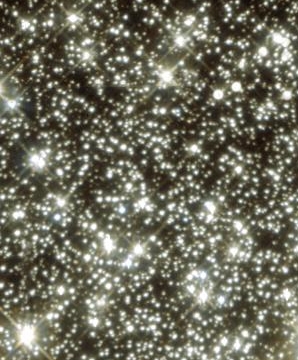
The pinpoints of light that you see in the night sky are stars. Your ability to see the stars depends on how bright they are (their "absolute magnitude"), as well as how close they are to Earth. Stars
...more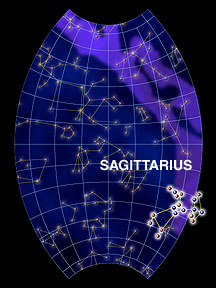
Sagittarius is a centaur, with the torso of a man atop the body of a horse. Unlike the wise and peaceful centaur Chiron (Centaurus), Sagittarius is aiming his giant bow at his neighbor, Scorpius. While
...more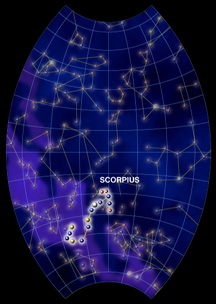
More than any other constellation, Scorpius resembles its given name. If you live in the northern hemisphere of the Earth, Scorpius crawls across the southern sky, close to the horizon. But if you live
...more
What is the diameter of the Moon in Kilometers? By how much is the Earth heavier than the Moon? How far is the Moon from the Earth? How old is the Moon? What is the internal structure of the Moon? I was
...more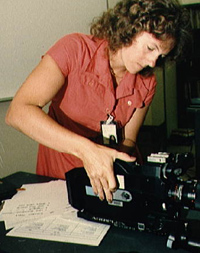
*Please note that this page is a student project written by Nicole Turner. It was not written or edited by Windows to the Universe scientists.* From Harriet Quimby (the first licensed woman pilot,) to
...more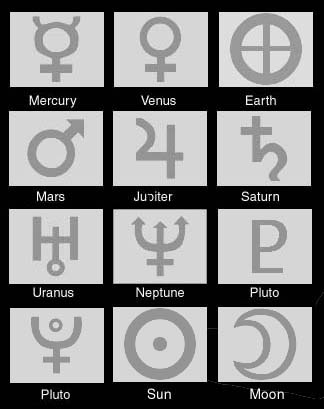
Here they are! Submitted by Ardith and Ashley (January 26, 1999)
...more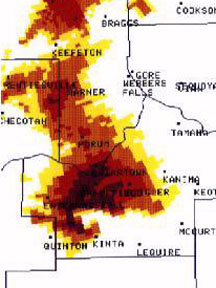
Wind does not have an effect on radio waves. Radio waves have a long wavelength. Wind cannot affect radio waves because the air particles associated with wind are far too small for the radio wave to bounce
...more


